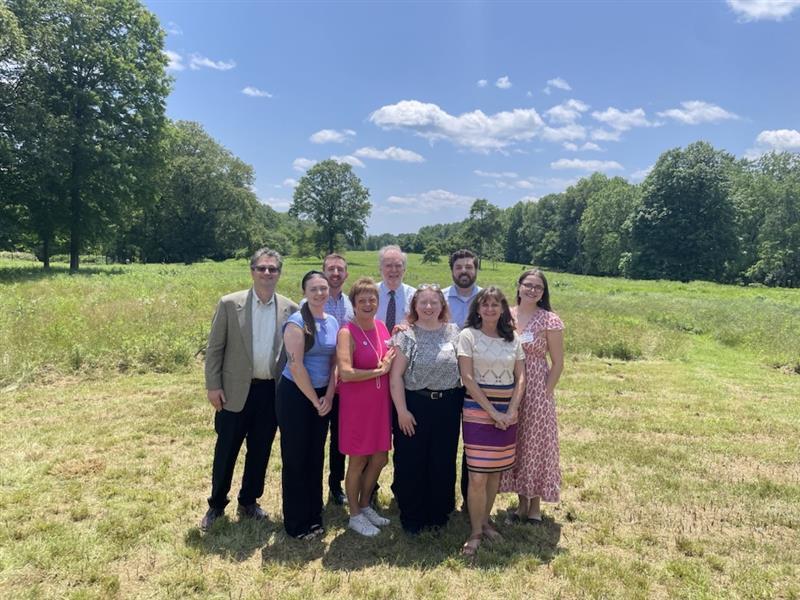
NEIWPCC joined senior officials from the EPA, Connecticut and New York, along with many other partners, on June 20 in Rye, NY, to celebrate 40 years of progress in restoring and protecting the Long Island Sound. The event also marked the announcement of a new plan that sets a 10-year roadmap to revitalize the Sound as an ecological, economic and recreational resource.
The new Comprehensive Conservation and Management Plan (CCMP) includes updated metrics to improve water quality, restore and protect habitats and wildlife, and support community resilience and sustainability. The Long Island Sound Partnership is the new name for the Long Island Sound Study, which was created in 1985 when Congress enacted legislation to conduct a single study to research, monitor, and assess the water quality of the Sound.
“Today’s celebration highlights decades of progress in protecting the Long Island Sound,” said EPA Region 2 Administrator Michael Martucci. “This work showcases what we can achieve when federal, state, and local partners work together to safeguard clean water and healthy ecosystems for a prosperous community.”
“The Long Island Sound is one of the Northeast’s most valuable natural resources,” said New York State Department of Environmental Conservation Commissioner Amanda Lefton. “Through four decades of effective collaboration and ongoing restoration, DEC, U.S. EPA, Connecticut, and our local partners are reducing pollution entering the estuary and significantly improving water quality. By working together under the new banner of the Long Island Sound Partnership, and in accordance with the updated management plan, New York is excited to continue this collaborative effort to protect and restore coastal habitats, educate and engage communities, and improve resilience.”
Since its founding, the Partnership has – through successful implementation of a CCMP – decreased the area of unhealthy levels of dissolved oxygen by half, restored 2,400 acres of coastal habitat, protected an additional 8,000 acres, and reconnected 448 miles of rivers and streams.
Long Island Sound and its coast and watersheds are home to thousands of plants and animal species, and are a recreational treasure for boaters, fishers, birders, and more. Through the decades, the Partnership has launched many programs to protect the Sound and its shoreline. These include a habitat restoration initiative, a Long Island Sound stewardship initiative to help manage critical recreational and ecological areas around the Sound, and a seafloor mapping program to better understand the Sound’s underwater habitats. The Partnership also oversees the Long Island Sound Futures Fund, which has provided millions of dollars in grants to organizations and communities across the Sound’s watershed in Connecticut, New York, Massachusetts, New Hampshire, and Vermont.